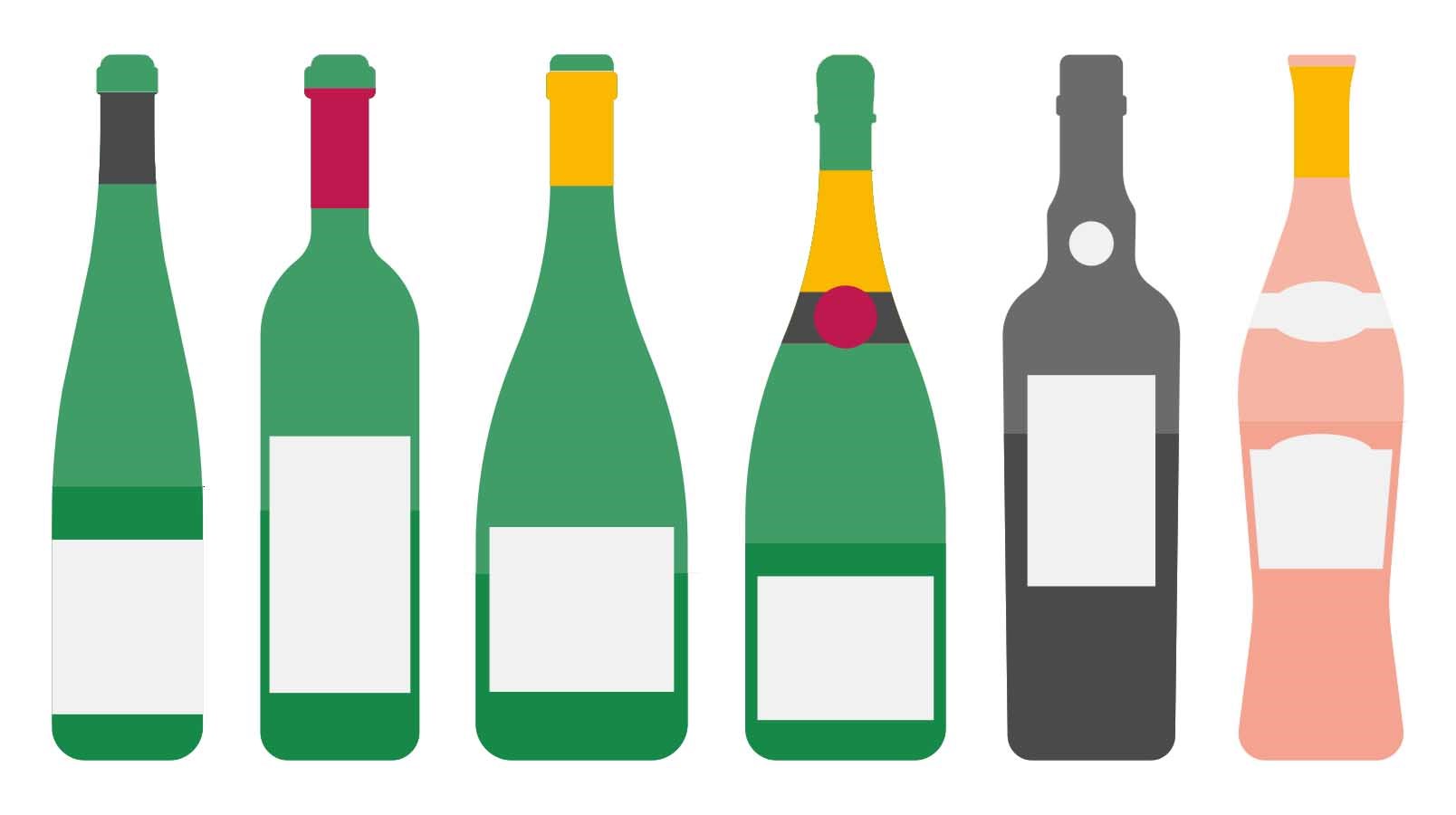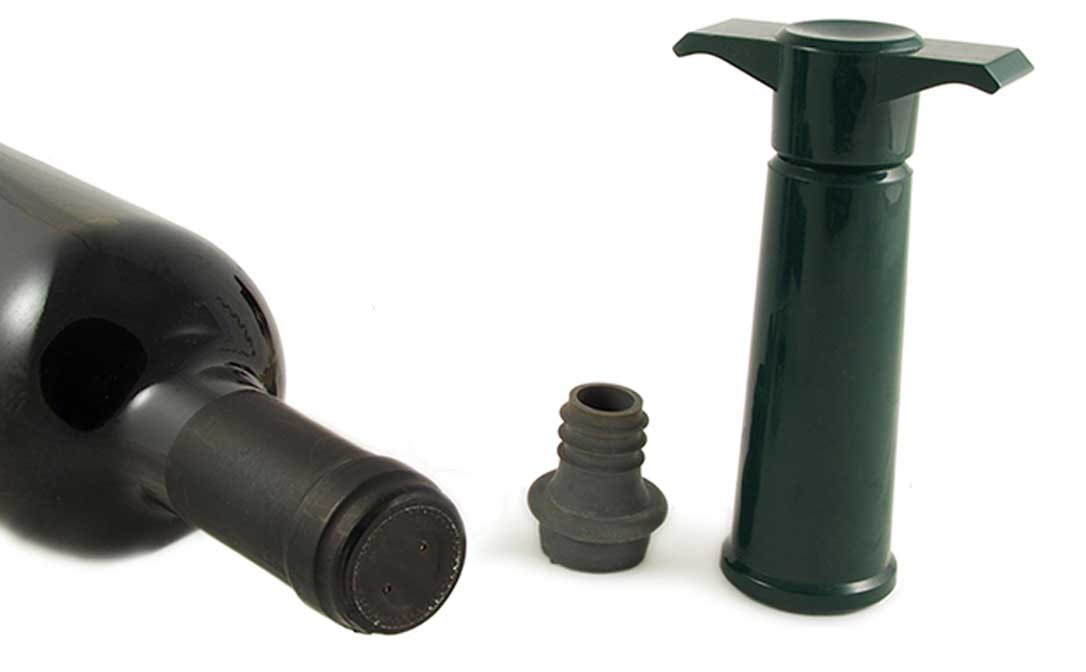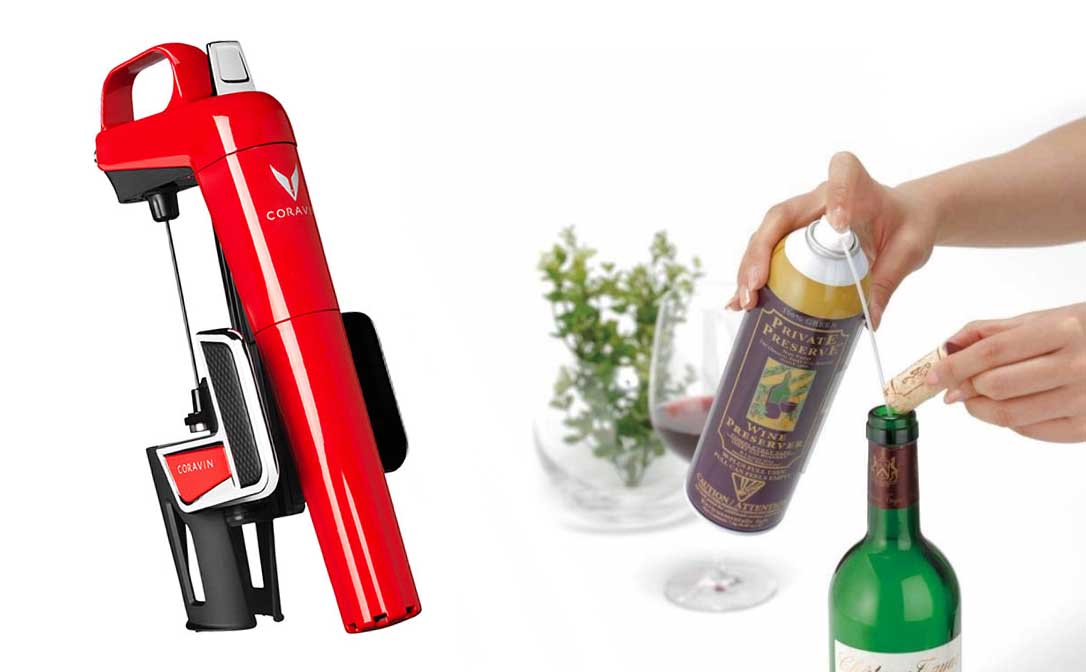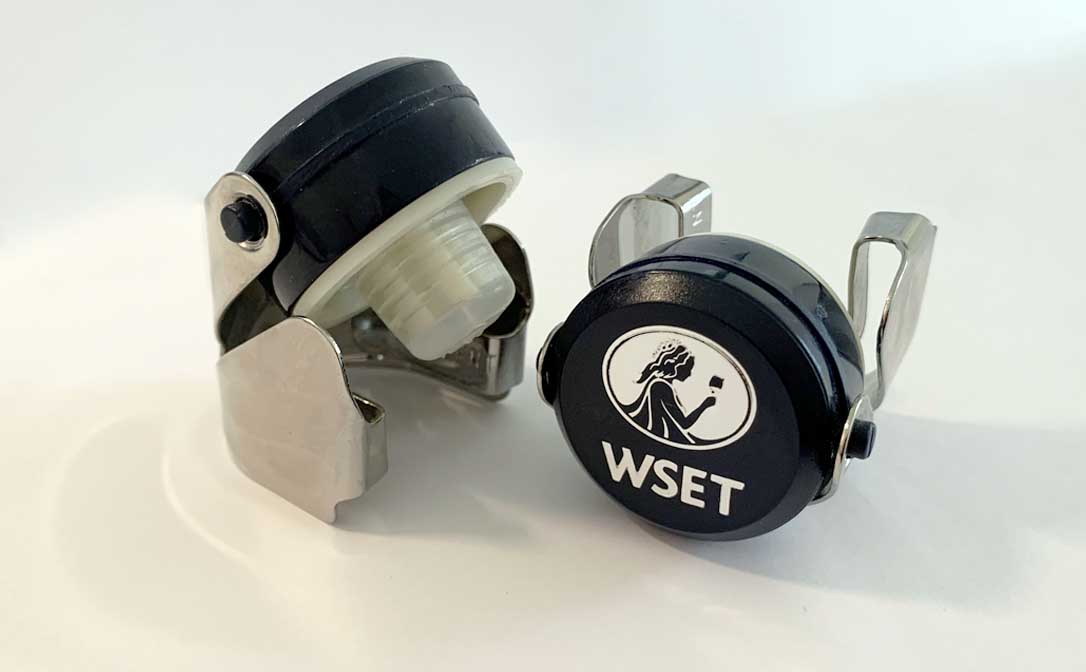When working on improving your tasting skills and opening more than one bottle at a time, how can you preserve your wine’s freshness for as long as possible?
Practising wine tasting without a study group is always challenging. It’s also more expensive, as you cannot split the cost between you and then you’re left with wine you understandably wouldn’t want to waste.
The clock is ticking from the moment you open the bottle, and your wine is beginning to lose its aromas and flavour characteristics.
We’ve put together the best wine preservation tips to help you keep your wine at its best for a little bit longer.
On the WSET Level 1 Award in Wines, you will learn how to store and serve wine and some basics to food and wine pairings. Find out more here.
Why does wine go off in the first place?
Wine has quite a few enemies - light and heat among them. But exposure to oxygen is the greatest threat it faces.
When considering how to preserve wine, it’s key to make sure that your wine is protected from exposure to the air as much as possible. A good start is remembering to close the bottle after each pour, but this doesn’t really go far enough.
1. Store opened wine bottles in an upright position
Once opened, all wine bottles (whether screwcap or cork) should be stored upright to reduce the surface area exposed to oxygen.
2. Keep your wine in the fridge
Because they’re usually best enjoyed chilled, putting opened white wines in the fridge feels instinctive. When it comes to red wine, because its characteristics are better expressed in warmer temperatures, any form of chilling might seem like a faux pas.
But you shouldn’t be afraid of storing opened red wine in the fridge. Cooler temperatures slow down chemical processes, including oxidation. A re-closed bottle of red or white wine in the fridge can stay relatively fresh for up to five days.
Some light-bodied reds can actually be very enjoyable while served slightly chilled
(Six common wine myths debunked).
3. Use a wine preservation system
If you don’t mind paying, a professional wine preserver can help you keep your wine fresh for even longer. Although there are many gadgets and devices available, two wine preservation systems seem to be the most popular and effective.
Vacuum pumps suck the air out of an opened bottle so it can be re-sealed hermetically without the oxygen affecting the wine. This is an affordable option commonly used in restaurants and bars.
Vacu Vin is the best-known brand – this company invented the vacuum pump wine preservation system. They promise up to two weeks extra life for an opened bottle of wine.
Inert wine gas preservation systems can keep your opened wine fresh for even longer, but since they can be quite expensive, they are usually a preferred option for real enthusiasts. This system is based on inserting an inert gas – usually argon - into the bottle. This gas, being heavier than oxygen, creates a protective layer on the surface of the wine.
The best-known brand is Coravin. This brand offers a device with a needle which punctures a hole in the cork to extract wine without pulling the cork out, thus avoiding any contact with oxygen. The wine is then replaced with argon gas, and the cork naturally re-seals as if the bottle had never been opened.
There is also an option for screwcap wines that, according to Coravin, can keep your wine fresh for up three months.
A more affordable solution is a gas canister system, such as Private Preserve. This works in a similar way to Coravin. You insert a mixture of gas into the bottle to protect the wine from oxygen. With this system, you have to uncork the bottle and use the gas when re-sealing it, so there will be some exposure to oxygen.
Private Preserve promises that the wine will last “for months and even years”.
4. Take advantage of smaller bottles
Wine bottles come in at least twelve different sizes (Read our Definitive guide to wine bottle shapes and sizes). If you don’t want to invest in an expensive wine preservation system, you could consider decanting your leftover wines into smaller bottles and keep them in the fridge under screwcap. There’s less room for air in small bottles, so less exposure to oxygen.
Alternatively, you can simply buy your wine in smaller sizes. Although half bottles or splits are less frequently available in supermarkets, you can easily buy them online.
How to store Champagne, Prosecco and other sparkling wines after opening
Direct light is dangerous for all wines, and they should always be stored in the dark. Strong light can damage a wine’s flavours and aromas and lead to discolouration. Sparkling wines are particularly susceptible to the negative effects of light. That’s why you’ll find Champagnes or Cavas nearly always sold in dark bottles.
Wine preservation systems, unfortunately, do not work for sparkling wines. Inert gas-based systems are only suitable for still wines, while the vacuum pumps will suck out the bubbles, leaving the wine flat.
5. Use a sparkling wine stopper
If you want to keep a sparkling wine fresh, your best bet is a Champagne stopper. They are inexpensive and can keep your bubbles going for up to five days. Traditional method sparkling wines like Champagne and Cava will last longer than tank method wines like Prosecco. Don’t be tempted to put a teaspoon in the neck of your bottle - this is proven to be ineffective.
If you would like to find out more about the best glass for drinking Champagne, read our post here.
If you're keen to look "behind the label", with the Level 2 Award in Wines, you'll gain an understanding of the factors that influence the style and quality of the wines you love and discover new styles and regions.





